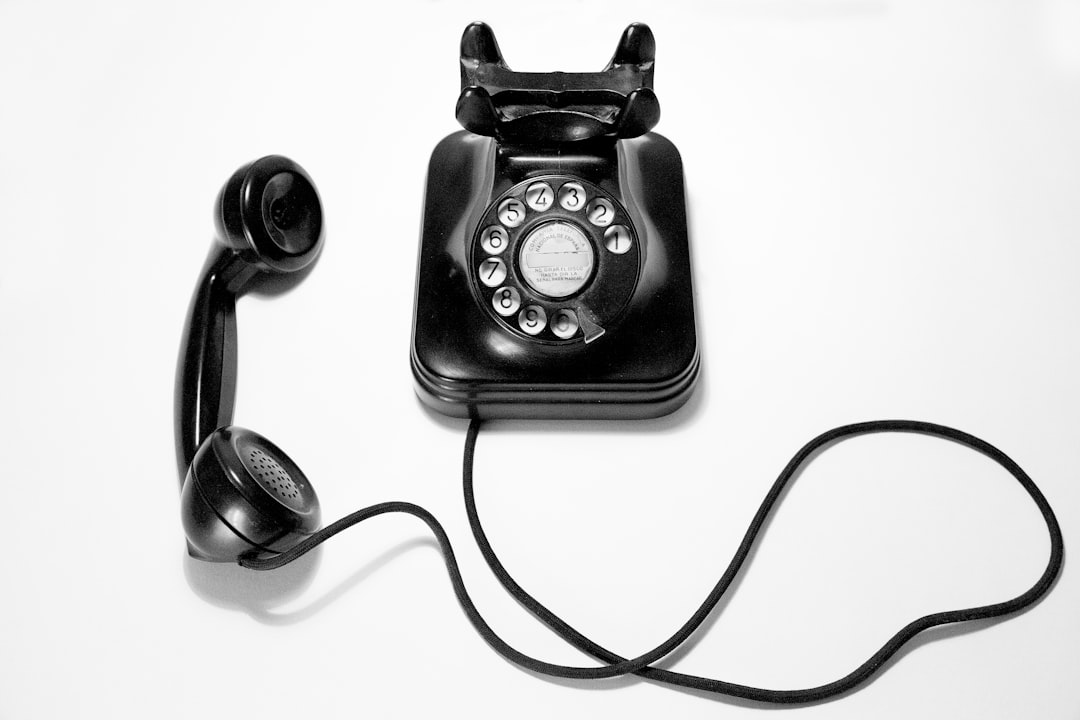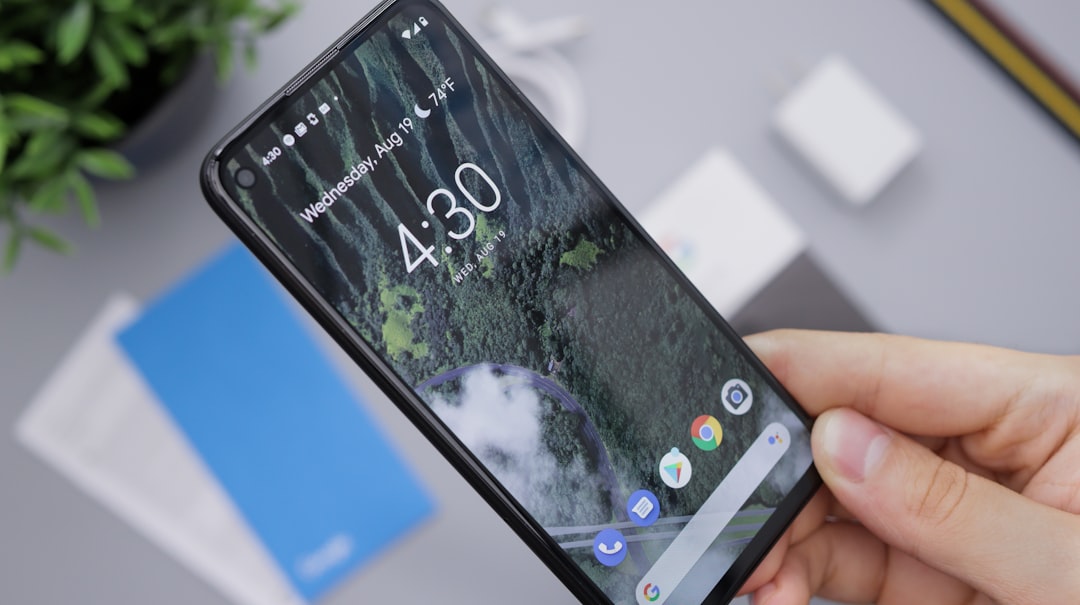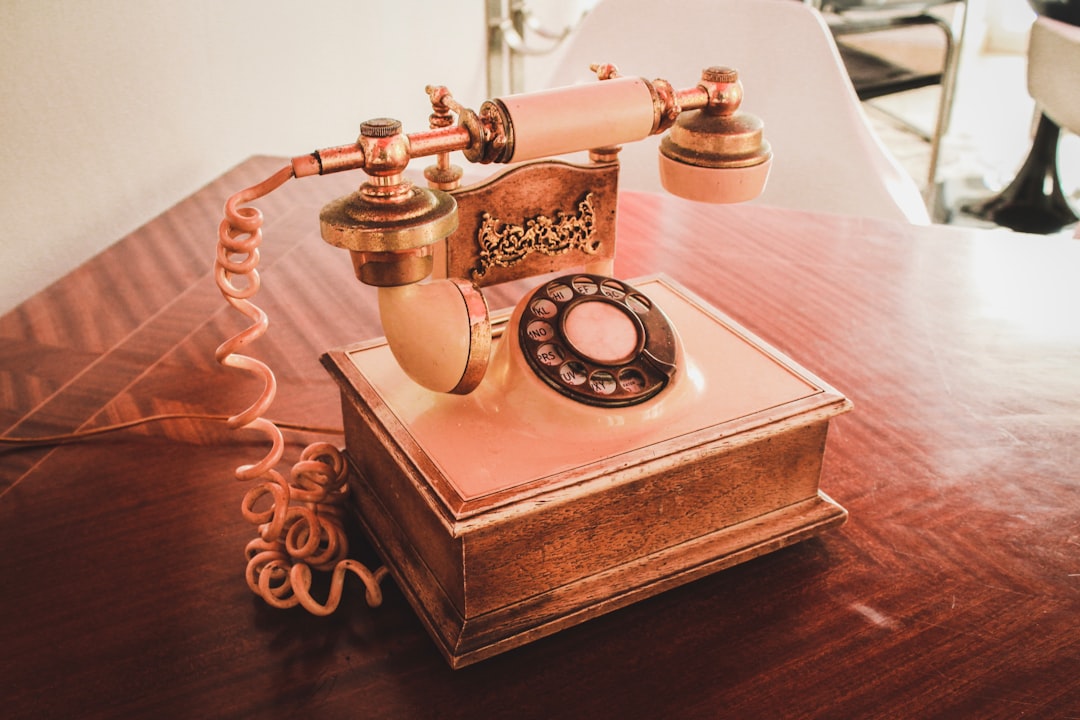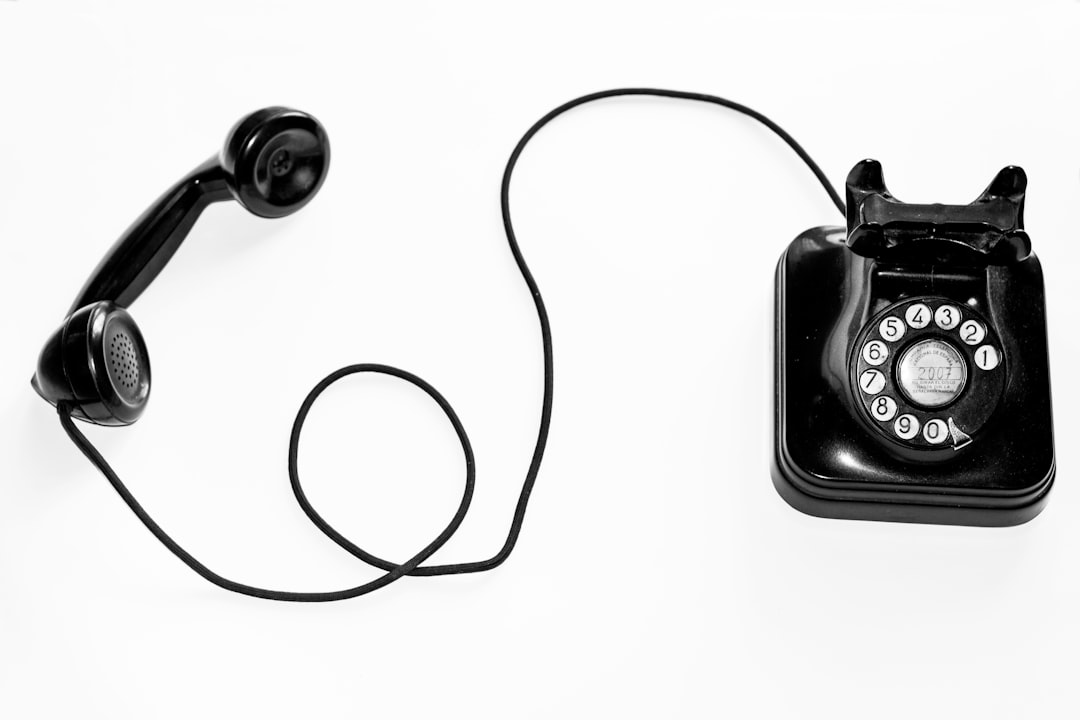To stop spam calls in Minnesota, register on the National Do Not Call Registry and Minnesota's Do Not Call List, use blocking apps with machine learning algorithms, identify and block suspicious numbers, report spam calls to FCC, and adjust privacy settings for enhanced protection.
Tired of relentless spam calls? Learn how to reclaim your time in Minnesota with our comprehensive guide. Understand the state’s strict spam call laws and empower yourself with effective strategies. Identify and block common culprits, register for Minnesota’s Do Not Call List, and leverage anti-spam apps. Discover the best ways to report unwanted calls and protect your privacy. Follow these steps to make spam calls a thing of the past in Minnesota.
Understand Minnesota's Spam Call Laws

In Minnesota, handling spam calls is governed by state laws that aim to protect residents from unwanted telemarketing and sales calls. The Minnesota Attorney General’s Office outlines that it is illegal for businesses or individuals to make automated, prerecorded, or telephone sales calls without prior express consent. This includes leaving voicemails or sending text messages, as well as live call centers.
If you’re experiencing a surge of spam calls in Minnesota, understand your rights and options. You can register your number on the National Do Not Call Registry, which has federal regulations supporting it. Additionally, many phone service providers offer tools to block and screen out spam calls. Knowing and utilizing these laws and resources is key in how to stop spam calls Minnesota residents may be receiving.
Identify and Block Common Spam Numbers

Identifying and blocking common spam numbers is a crucial step in learning how to stop spam calls in Minnesota. Many spam callers use automated systems to dial random numbers, often targeting areas with high populations like Minnesota. Recognizing patterns can help; spam numbers frequently match area codes local to the region or follow specific number sequences. Once identified, these numbers can be blocked using your phone’s settings or third-party blocking apps designed for this purpose.
Regularly reviewing and updating your block list is essential as spammers adapt their techniques. Stay vigilant and report suspicious calls to relevant authorities; doing so contributes to broader efforts to combat spamming and provides valuable data for tracking and identifying these callers.
Register for Minnesota's Do Not Call List

One effective step to curb spam calls in Minnesota is registering your number on the state’s Do Not Call List. This simple move informs telemarketers that you don’t want unsolicited calls, and it’s a powerful tool to keep your phone line free from unwanted intrusions. The process is straightforward; visit the official website of the Minnesota Public Utilities Commission (MPC) to initiate the registration. You’ll need to provide your name, address, and phone number to be added to the list.
By enrolling in this program, you grant permission for your number to be excluded from marketing calls, ensuring a quieter and more peaceful communication experience. Remember, spam calls are not only annoying but can also be a privacy concern. Taking proactive measures like joining the Do Not Call List is a significant step towards reclaiming control over your phone interactions.
Use Anti-Spam Apps and Tools

In today’s digital era, spam calls have become a ubiquitous problem across Minnesota, much like a labyrinthine symphony of unwanted whispers. However, there are effective tools to help you navigate this maze and reclaim your peace. One of the first lines of defense in How to Stop Spam Calls Minnesota is leveraging anti-spam apps and tools. These applications employ advanced technologies like machine learning algorithms to identify and block calls from known spam sources, significantly reducing the number of intrusive phone rings on your device.
Many of these apps offer a host of features tailored to different needs. Some provide real-time blocking, while others maintain extensive databases of known spam numbers, constantly updated to keep up with evolving tactics. By integrating one of these solutions into your daily routine, you can enjoy more quiet moments and fewer interruptions from unsolicited calls, ensuring a smoother, less stressed experience in the process.
Report Spam Calls Effectively

In Minnesota, as across the nation, reporting spam calls effectively is a crucial step in how to stop spam calls. The first step is to identify the call as spam. Look for patterns like unknown numbers, repetitive or prerecorded messages, and calls from outside your area code. Once identified, you can report these calls to your service provider using tools designed to filter out such unwanted traffic. Many providers offer dedicated methods to block and report spam calls, making it easier to manage your phone settings.
Additionally, the Federal Communications Commission (FCC) provides robust mechanisms for reporting spam calls. You can file a complaint online through their website or by calling their consumer help line. By doing so, you contribute to a broader effort to combat spam call activities. Remember that each report helps in refining anti-spam measures and ensuring a safer communication environment, especially when combined with other methods like blocking numbers and adjusting privacy settings on your phone.






